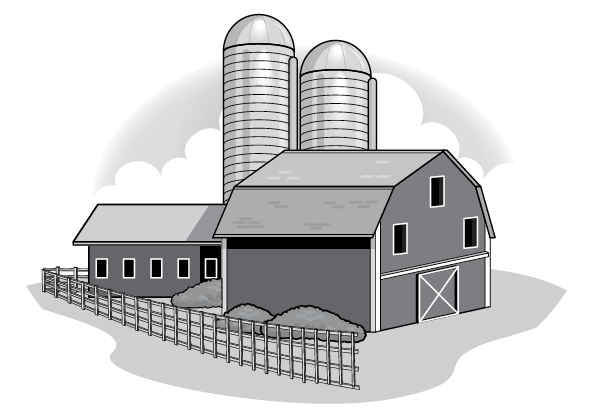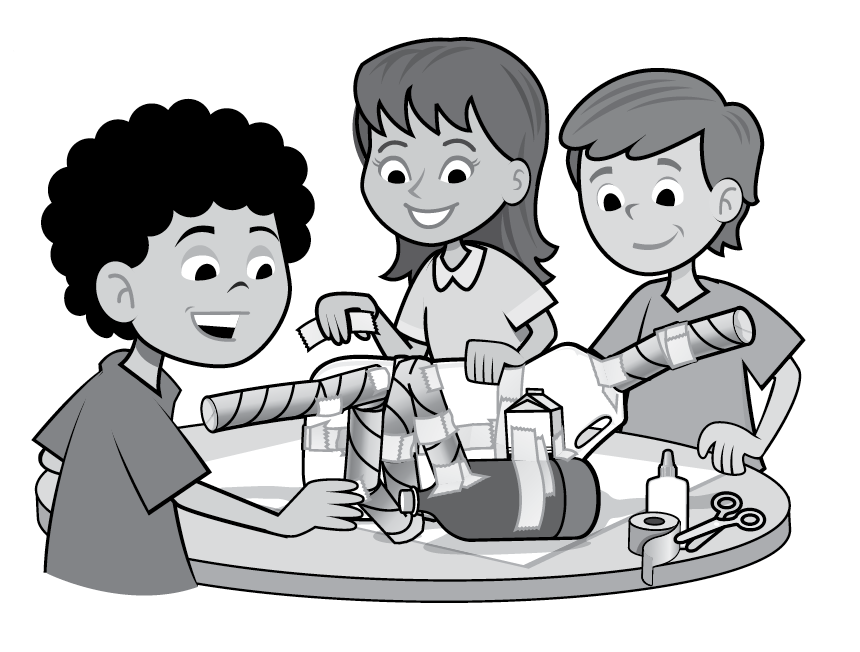Got Guts?
Students investigate the different digestive systems of livestock, examine the unique nutritional needs based on these structures, and discover the responsibilities of an animal nutritionist.
Background
Lesson Activities
Recommended Companion Resources
Credits
Author
Mandi Bottoms and Sherrie Taylor Vann | California Foundation for Agriculture in the Classroom
Acknowledgements
This lesson was funded in 2012 by the United States Department of Agriculture’s National Institute of Food and Agriculture through the Secondary Education, Two-Year Postsecondary Education, and Agriculture in the K-12 Classroom Challenge Grants Program (SPECA). Images submitted by California Foundation for Agriculture in the Classroom.
Executive Director: Judy Culbertson
Illustrator: Erik Davison
Layout and Design: Nina Danner
Standards
National Content Area Standards
- Science
- 3-LS1: From Molecules to Organisms: Structures and Processes
- 3-LS1-1: Develop models to describe that organisms have unique and diverse life cycles but all have in common birth, growth, reproduction, and death.
- 4-LS1: From Molecules to Organisms: Structures and Processes
- 4-LS1-1: Construct an argument that plants and animals have internal and external structures that function to support survival, growth, behavior, and reproduction.
- 5-LS1: From Molecules to Organisms: Structures and Processes
- 5-LS1-1: Support an argument that plants get the materials they need for growth chiefly from air and water.
- 5-LS2: Ecosystems: Interactions, Energy, and Dynamics
- 5-LS2-1: Develop a model to describe the movement of matter among plants, animals, decomposers, and the environment.
- 5-PS3: Energy
- 5-PS3-1: Use models to describe that energy in animals' food (used for body repair, growth, and motion and to maintain body warmth) was once energy from the sun.
- 3-LS1: From Molecules to Organisms: Structures and Processes
 Animal Physiologist:
Animal Physiologist: 